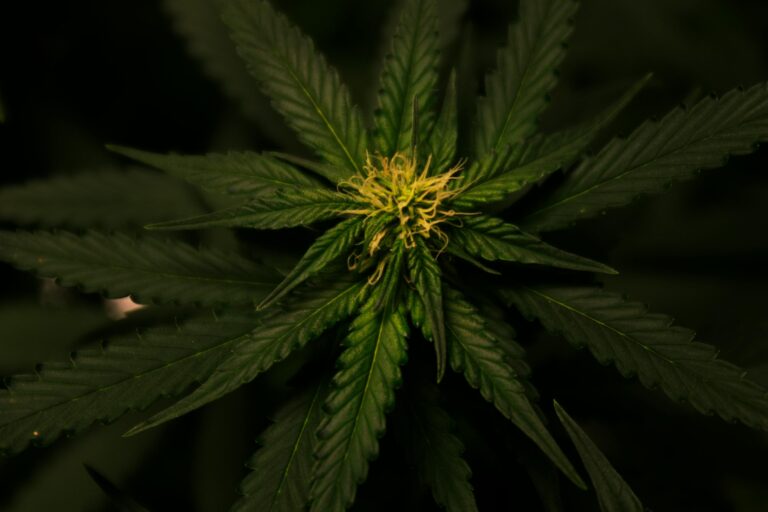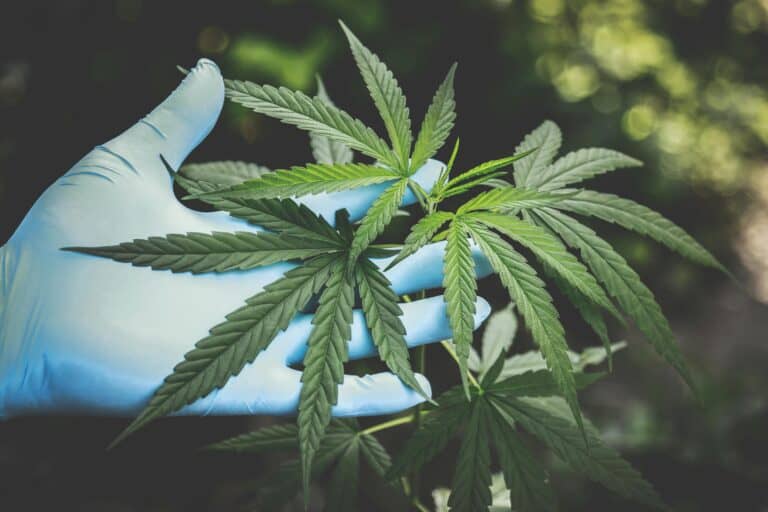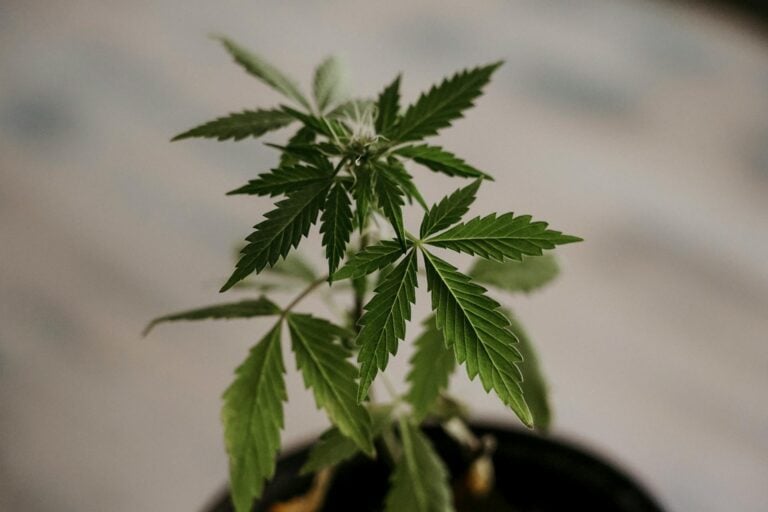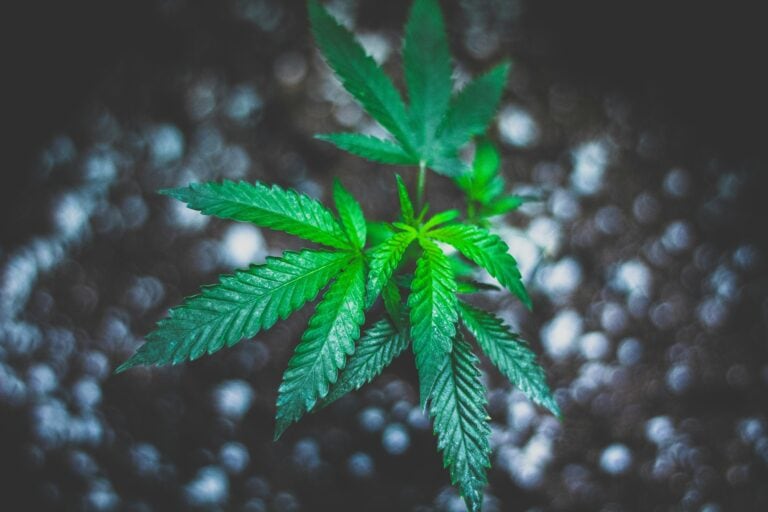Autoflower vs Photoperiod: I Was Confused Too. Here’s What I Learned
Let’s just get this out of the way: when I decided to start growing my own medicine, I figured the hardest part would be, you know, keeping a plant alive. Turns out, the first real challenge was trying to learn a whole new language. And the first two words that almost made me throw in the towel were “photoperiod” and “autoflower.”
I stared at those words on a seed bank website, and my brain just went… static. It sounded less like gardening and more like a setting on a weird camera. Was this a trick question? Is one type for master growers and the other for us mortals? The whole autoflower vs photoperiod debate felt like a wall of jargon designed to keep new people out.
Well, I spent the time digging through forums, watching videos, and translating the expert-speak. This article is my report back from the front lines. Think of me as your fellow rookie, not some guru on a pedestal. I’m simply sharing the notes from my research to help you understand the real-world difference between these two main types of cannabis plants.
My goal is simple: to walk you through what I learned so you can make an informed choice for your first grow without getting a headache. Let’s figure this out together.
What the Heck Are Photoperiod and Autoflowering Cannabis?
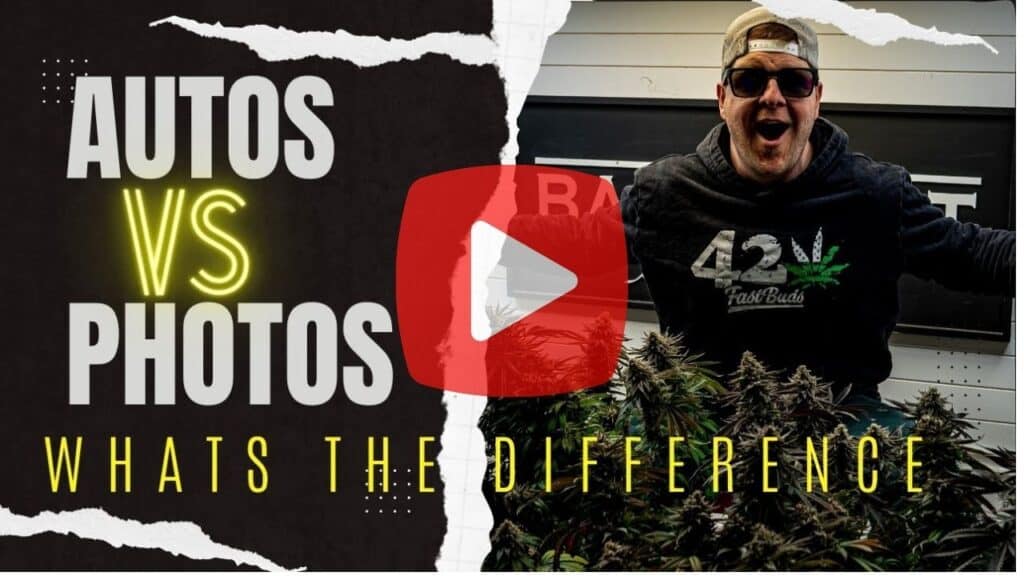
A simple breakdown of the two main types of cannabis you can grow.
Understanding Photoperiod Strains: You’re the Boss of the Light Switch
Okay, so this was the first thing that clicked for me. Think of a photoperiod strain like a plant that waits for your instructions. The “photo” in the name refers to light. These plants have two main stages in their life: vegetative and flowering.
During the vegetative stage, your job as the grower is to give the plant lots of light—typically 18 or more hours a day. During this time, it focuses on growing big and strong, producing leaves and stems. It will stay in this growth phase indefinitely as long as the long “days” continue.
To get it to start producing buds (to flower), you have to manually change the light cycle. You become the boss of the light switch, flipping the schedule to 12 hours of light and 12 hours of uninterrupted darkness. This change mimics the changing seasons outdoors and tells the photoperiod plant, “Okay, time to stop growing and start flowering.”
Understanding Autoflowering Strains: The “Set It and Forget It” Cannabis
This is where things get completely different. Autoflowering cannabis pretty much ignores your light switch. An autoflower variety has its own internal clock.
This type of cannabis gets its unique trait from a hardy wild cousin called Cannabis ruderalis, which adapted to grow in places with very short summers. It learned to flower based on age, not the changing seasons. After a set amount of time—usually just a few weeks—an autoflowering strain will automatically transition from the vegetative to the flowering stage all on its own.
You can leave the lights on for 18-24 hours of light per day from seed to harvest, and it will still do its thing. There’s no need to change the light schedule. It just grows, hits a certain age, and starts making bud.
The Big Showdown: An Honest Look at Autoflower vs Photoperiod
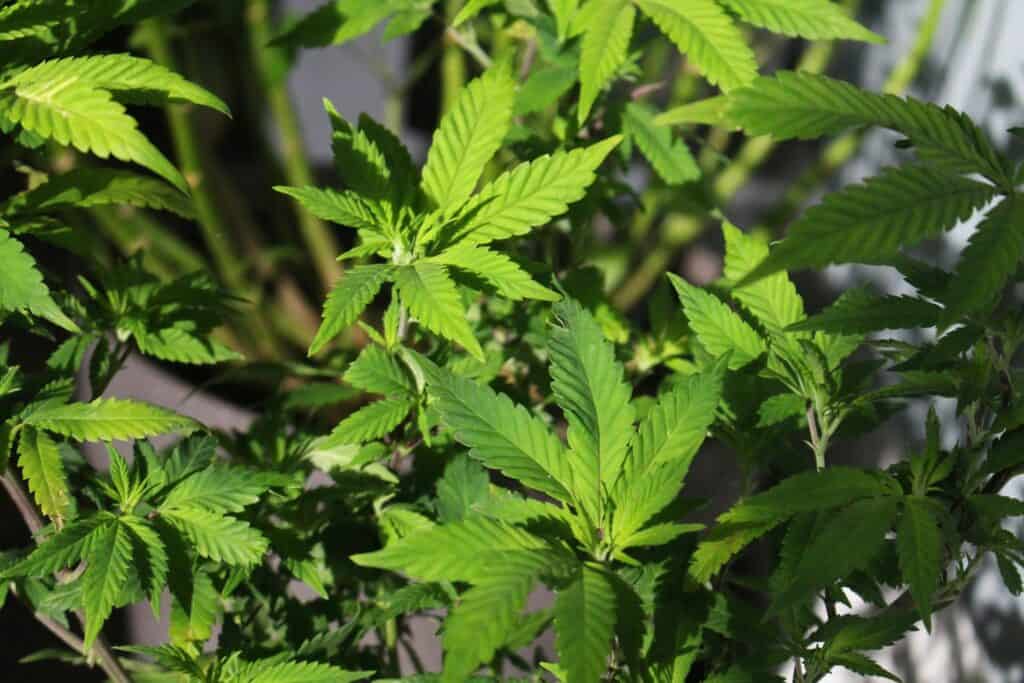
Let’s lay out the good, the bad, and the tricky for each type.
Why Beginners Love Autoflowers (The Case for Simplicity)
Initially, autoflowering strains sounded like the perfect choice. The benefits I read about seemed tailor-made for a first-time grower like me.
First, there’s the speed. I saw breeders talking about a quick turnaround time, with some auto varieties able to go from seed to harvest in as little as 8-12 weeks. The idea of having my own medicine ready that fast was a huge plus. Second, they are supposedly easy to grow. Not having to worry about light cycle changes took a major piece of potential stress off the table. And finally, their smaller size. The fact that they are smaller and more compact sounded like a major advantage for discreet cultivation.
The Reality Check: My “Oh, Really?” Moments with Autos
Just as I was about to click “buy” on some auto seeds, I fell down another research rabbit hole. It turns out the speed of an autoflowering plant is both a blessing and a curse.
Because their lifespan is on a fixed timer, they have a very short vegetative stage. This means they are incredibly unforgiving. If I mess something up early—like overwatering or having a nutrient issue—the plant doesn’t have time to recover. A stunted auto is likely to stay a stunted auto, which leads directly to lower yields. That was a big “oh, really?” moment for me. The tradeoff for simplicity and speed is that you have less room for error.
The Argument for Photoperiods: More Control, More Cannabis
This is when photoperiod strains started looking more attractive. Their main advantage is control. Specifically, you have control over the length of the vegetative stage.
What does that mean in practice? If I make a mistake with one of these photoperiod varieties, I can just keep the plant in veg with 18 hours of light until it’s healthy again. It also means if I want larger plants, I can just let them keep growing for weeks or even months before I flip the lights to 12/12. This flexibility generally leads to much higher yields than you’d get from their autoflowering photoperiod counterparts. Plus, the selection of strains with photoperiod genetics is absolutely massive.
The Catch: Why Photoperiod Strains Can Seem Harder to Grow
So, what’s the downside? For me, it came down to one word: darkness. Photoperiod plants are divas about their beauty sleep. When you switch them to the flowering stage, they need 12 hours of uninterrupted darkness.
This is where I first read about the dreaded light leaks. Even a tiny bit of light from a zipper, an equipment LED, or a crack under the door can stress the plant. It can confuse it, and in a worst-case scenario, cause it to revert to veg or develop improperly. This part honestly made me nervous and is a big reason why many people say photoperiod plants can be harder to grow if you’re not careful.
Let’s Talk Results: Comparing Yield, Potency, and Grow Time
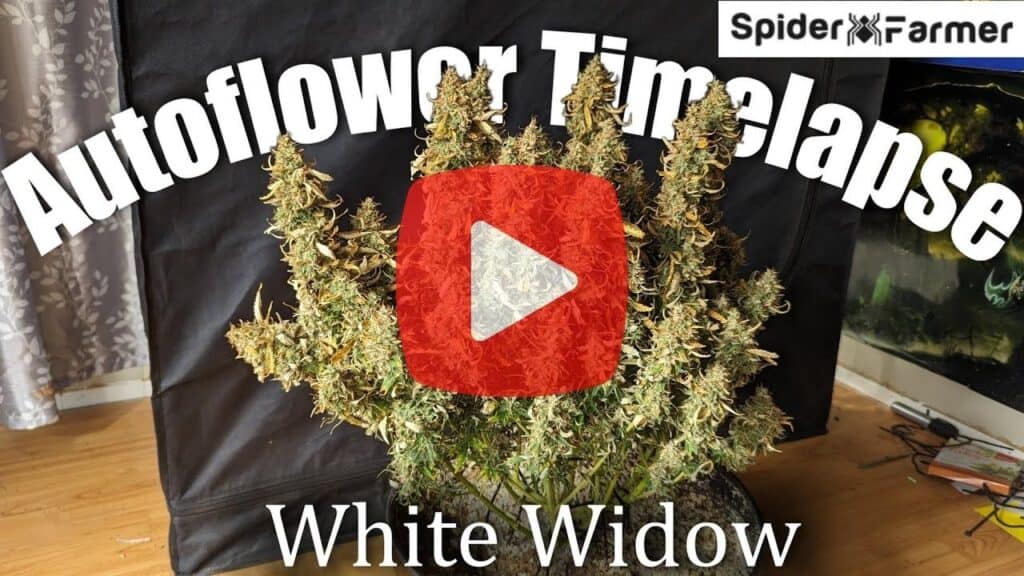
Autoflower Yield vs Photoperiod: Setting Realistic Expectations
This was a big one for me. At the end of the day, we’re doing this to get medicine, so how much bud you can get from one plant is important.
The truth is pretty straightforward: when it comes to the autoflower yield vs photoperiod debate, photoperiod plants are almost always the champions. It’s simple physics. Because you can keep a photoperiod strain in its vegetative stage longer, it can grow into a much larger plant with more branches and more sites for buds to form. More plant equals higher yields.
Autoflowering strains, with their short, pre-programmed lifespan, simply don’t have the time to get that big. You’re trading a massive harvest for speed. So, going into this, I had to accept that if I chose an auto, I should expect lower yields, but I’d get them much faster.
The Potency Question: Are Autoflowers Weaker?
One of the old stereotypes I kept bumping into online was that autos just weren’t as strong and had lower THC levels. For a medical patient, potency is obviously a huge factor.
Here’s the good news: that’s mostly outdated information. While it might have been true in the early days of the development of autoflowering strains, today’s cannabis breeder community has worked wonders. They have cross-bred autos with powerful photoperiod genetics for years. Now, it’s easy to find high THC autoflowering strains that are just as potent as many photoperiods. The final THC content has more to do with the specific strain to grow and the health of the plant than just the type of cannabis it is.
From Seed to Harvest: How Long Are You Willing to Wait?
This is where autoflowers get their revenge. The total grow time is dramatically different.
As I mentioned, many autoflowering strains have a ridiculously quick turnaround, going from seed to harvest in 10 weeks or even less. For someone who needs their medicine sooner rather than later, this is a massive advantage.
A photoperiod strain, on the other hand, is a longer commitment. You might have a vegetative stage of 4-8 weeks (or more!), followed by a flowering stage of another 8-12 weeks. You’re looking at a total grow time of anywhere from 3 to 6 months. A huge benefit of autos is the ability to get multiple harvests per year. A savvy grower could finish two or even three auto harvests in the time it takes to complete one big photoperiod grow.
My Decision-Making Process: Choosing the Right Strain For My First Grow
The Factors I Weighed Up: Space, Time, and Fear
After all that research, I had a classic case of paralysis by analysis. Both options had serious pros and cons, so I had to get personal and think about what my future grow would look like.
First, space. I haven’t bought any equipment yet, but I know I’ll be working in a limited area, likely a grow tent in a corner of a room. Thinking ahead, the idea of growing smaller plants that won’t immediately get out of control in that future space seems much more manageable. That was a huge point in the autoflower column.
Second, time. Am I a patient person? When it comes to waiting for my own medicine, not particularly. The promise of a quick turnaround from an auto was incredibly appealing compared to the long-haul commitment of a photoperiod strain.
Finally, and most importantly, fear. I’ll be honest, the thought of getting two months into my first grow only to mess up the light cycle and ruin my harvest was terrifying. As a new grower, I want to minimize the number of things I can screw up. The simple light schedule for an autoflower felt like a critical safety net. While the dream of higher yields from a photoperiod was tempting, the fear of failure was stronger.
So, What Did I Choose for My First Cannabis Grow?
After going back and forth more times than I’d like to admit, I made my choice.
For my very first cannabis grow, I’m starting with an autoflowering strain.
For me, it came down to wanting to build confidence. I believe getting a successful, albeit smaller, harvest completed quickly will teach me more than a stalled or failed four-month project. It feels like the right way to learn the fundamentals of watering, feeding, and managing the environment without the added stress of a complex light schedule.
This feels like the right move for me to learn the ropes. My plan is to document this entire journey, from auto seeds to bud, sharing the successes and, more importantly, the mistakes. So, if you want to see how this decision plays out, you’re in the right place.
Your Questions Answered (The Autoflower vs Photoperiod FAQ)
Here are answers to the most common questions I had, and that I found online.
Which is better, photoperiod or autoflower?
From all my reading, the clearest answer is: neither is “better,” it just depends on what’s better for you. It’s a classic trade-off. If your top priority is getting the biggest harvest possible and you want full control over your plant’s size, a photoperiod strain is probably your best bet. If you value speed, simplicity, and a more hands-off light cycle, then an auto is likely the better choice.
What are the main cons of an autoflower strain?
The two biggest downsides I consistently saw mentioned are yield and forgiveness. Because of their genetically programmed short lifespan, they almost always have lower yields than a well-grown photoperiod plant. They are also less forgiving of early mistakes. There’s no “recovery time” with an auto; a major stress event in the first couple of weeks can permanently stunt its growth and impact your final harvest.
Should a beginner grow autos or photos?
This is the million-dollar question, isn’t it? Many experienced growers recommend autoflowering strains for a first grow precisely because they are easy to grow. The simple light schedule removes a massive variable that can cause problems. Getting a fast, successful harvest, even a small one, is a massive confidence booster. That said, a careful and dedicated beginner can absolutely succeed with a photoperiod strain, they just have to be extra diligent about controlling the light and dark periods.
Does the strain really play a big role in how hard it is to grow?
Yes, absolutely. This is a crucial point I learned. This difference between photoperiod and autoflowering is just one factor. The specific genetics of the strain to grow matter a lot. Some strains are bred by the breeder to be incredibly resilient, pest-resistant, and forgiving—perfect for beginners. Others are known to be sensitive and “fussy,” requiring a more experienced hand. It’s always a good idea to read reviews and descriptions for the specific strain you’re considering for your cannabis grow.



